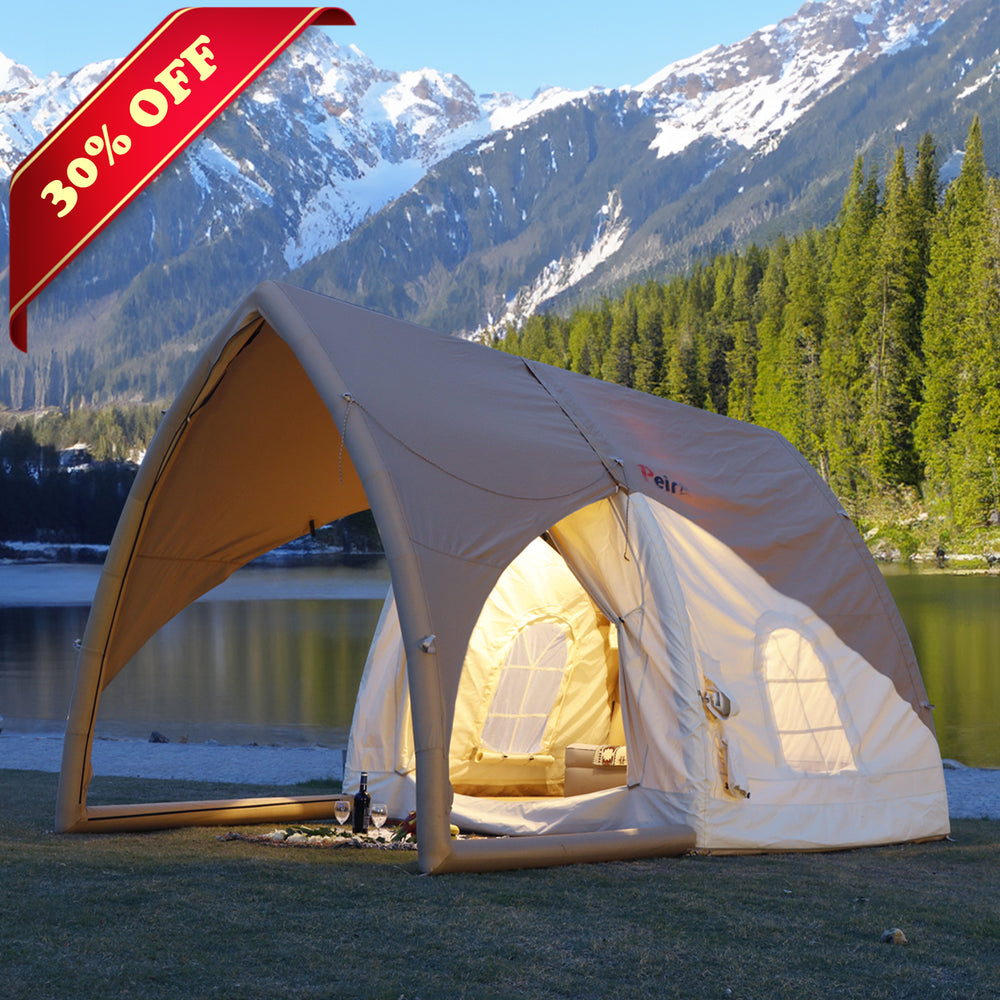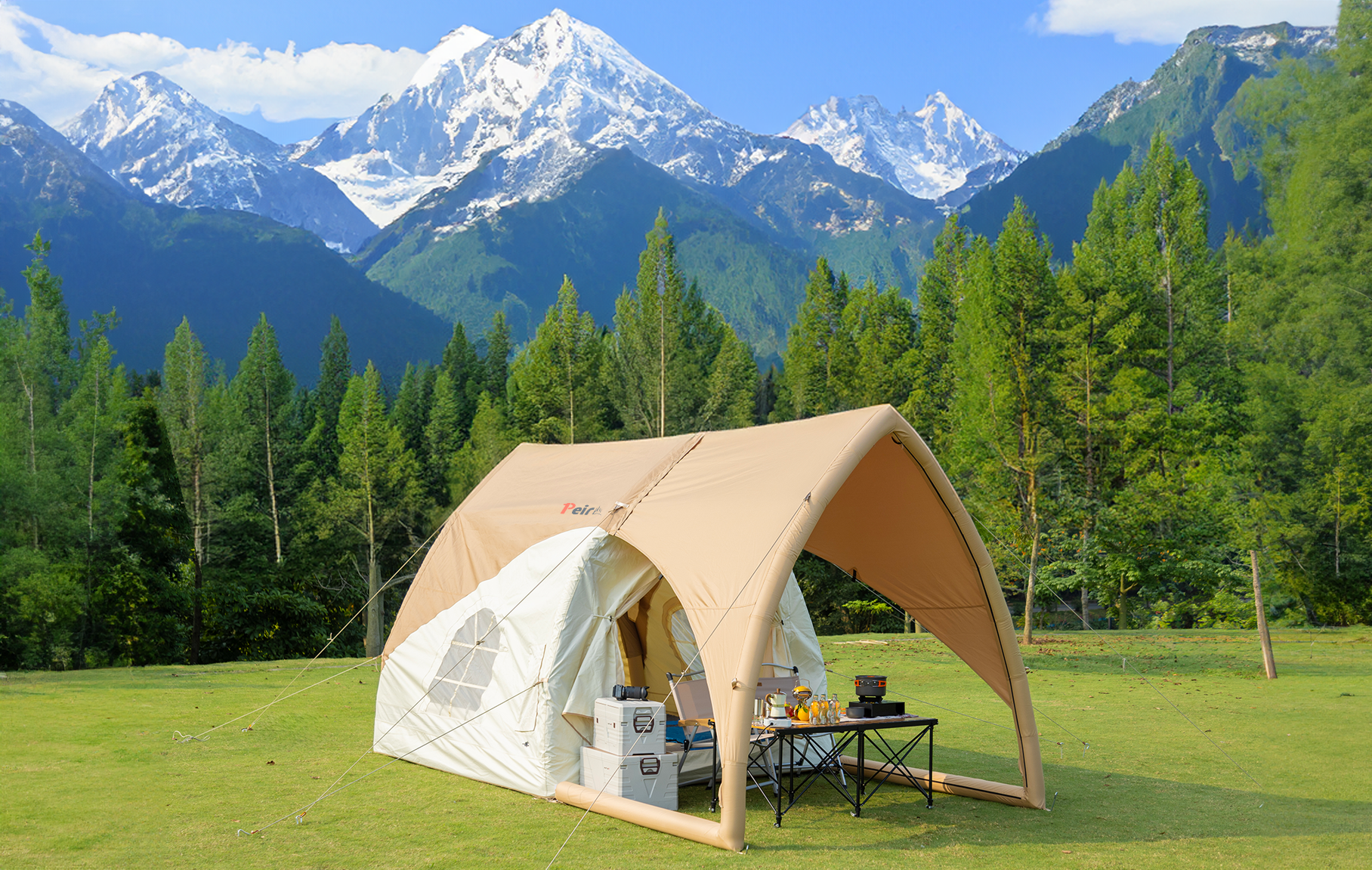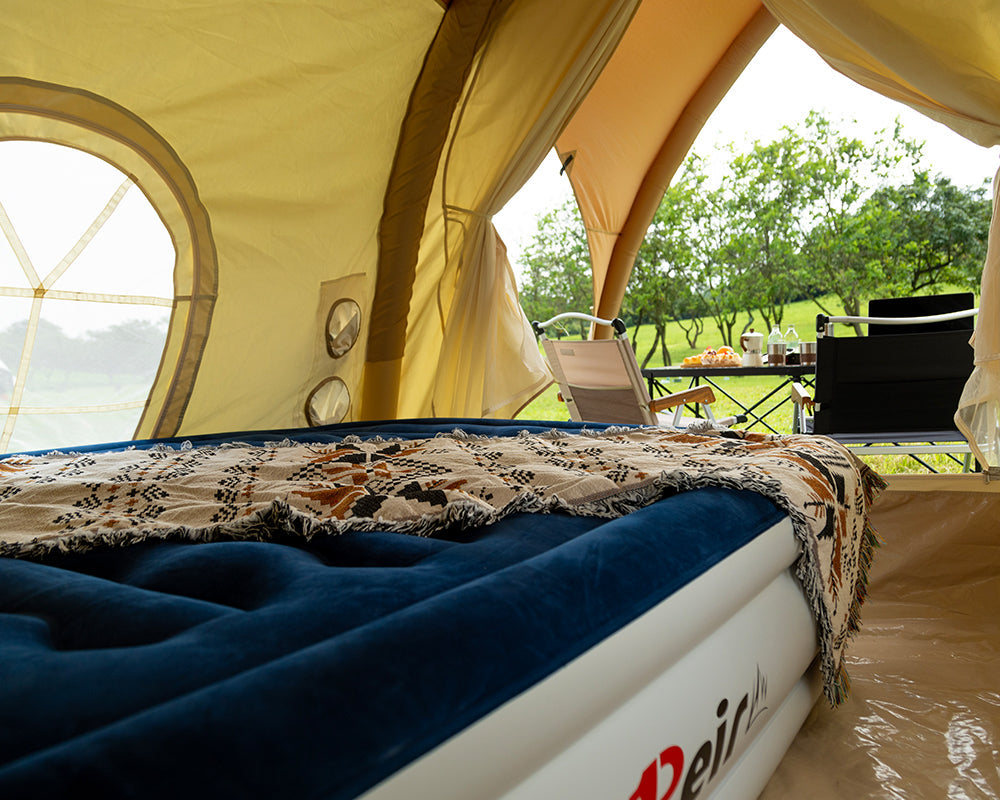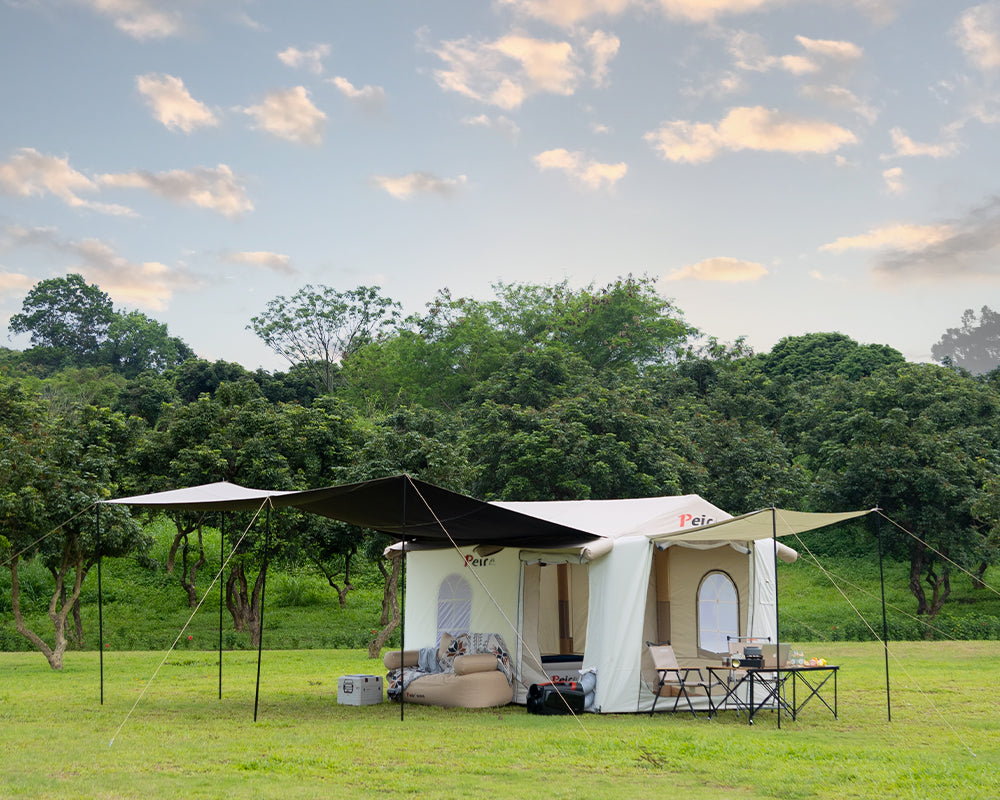My first camping trip was in the mid-1970s with my family in upstate New York. I distinctly remember the chill of the air in the Inflatable tent at night, the smell of the trees, and the feeling of the dirt between my fingers as my brother and I played in the forest around our camp. It was so much fun – and I remember it vividly 40-something years later!
That trip – and many others after it – instilled in me a love of the outdoors. That passion has stuck with me throughout my life, and is something I’m passing on to my son now. It’s also a passion that led me to found 4WDTalk a few years back. If you’re going to work, it might as well be in a field you love!
Here are a few things I’ve learned – both good and bad – that will help you determine if buying an inflatable tent is worth your hard-earned cash.
Advantages of Inflatable Tents
It’s a three-step process, really:
Lay out a tarp, ground cloth, or tent footprint.
Lay out the tent.
Start pumping!
Now, I highly recommend using an electric pump and a power station to do most of the inflation. I use a cheap pump I got on Amazon and power it. Just about any combination of pump and power source will work here, though.
I have found that the pump struggles toward the end due to the high pressure in the tent. So, I use a manual pump to finish inflating the tent and get the correct PSI.
inflatable house tent
Invest in a good pump and power source to take care of inflating your tent.
The time required to inflate one of these tents varies based on size, of course, but it’s generally a matter of a few minutes. While the electric pump does its thing, I can concentrate on getting other gear loaded and get two things done at once.
Related to this is the ease of deflating the tent; it’s a simple matter of opening valves to start the process. Again, I can tend to other tasks while the tent deflates, then help it out toward the end by carefully compressing the chambers to force the remaining air out.
I’ve found there to be many other benefits of inflatable tents, too…
Inflatable Tents are Comfortable
inflatable tent house
My son showing off the three rooms inside one of our inflatable tents.
I’ve done a lot of camping in tents recently, and I have to say they provide a more comfortable space for hanging out and sleeping than any traditional tent or rooftop tent I’ve tested.
A big part of this is the sheer amount of space – some of these tents are 100 sq. ft. or more, so you have plenty of room to spread out.
When you’re like me and you often have to work while you’re camping or overlanding, you have a lot of gear. I have the typical camping stuff, like a cot, sleeping pad, and sleeping bag. But I also have a portable table, my laptop, Starlink, a power station…you get the point. I need my tent to be my sleeping quarters, my hangout area, and my office, so the size of an inflatable tent is a huge benefit.
inflatable camping tent
Inflatable tents, like my RBM Outdoors Panda, offer loads of headroom.
The fact that I can stand up straight in an inflatable tent is nice, too. Now that I’m in my 50s, crawling around in a pup tent or rooftop tent isn’t at the top of my list of things I want to do. But in an inflatable tent, I can roll out of bed, stand up, and stretch with ease.
I’ll add another comfort feature to the list – tons of windows. Again, while every tent is different, most of the ones I’ve tested have had huge windows that make the tent light, bright, and airy. In fact, many inflatable tents have clear panels on the roof, allowing even more natural light inside. Better still, these panels afford you a nice view of the night sky so you can sleep under the stars with the advantage of being protected from the elements.
Inflatable Tents are Stable
best inflatable tents
If you’ve never camped with an inflatable tent, I don’t blame you for questioning how they hold up in strong winds. Visions of those dancing air tubes at used car lots are probably running through your head right now!
However, once an inflatable tent is full of air, they are rock-solid. Now, tying the tent down with guy lines and stakes is an absolute must, but once that’s done, you’ll be shocked at just how stable these tents can be.
In fact, I’ve camped in 50+ mph winds in an inflatable tent and was blown away (not literally!) by just how solid the tent was. I’ve also been amazed at how quiet these tents are in windy conditions. I’ve had rooftop tents in the past that flapped loudly in the wind and kept me up all night. Yet, in my experience, wind noise isn’t a problem in these tents.
Inflatable Tents are Durable
inflatable tent camping
Inflatable tents are quite durable – especially high-end models.
Another common misconception about inflatable tents is that they’re delicate. I’ll admit that I wondered about their durability, too, before taking my first camping trip with one. But those worries were quickly dispelled once I began testing these tents. In my experience, the tents I’ve tested have been the height of durability with high-quality materials that resist punctures.
And even if an inflatable tent suffers a puncture, most manufacturers provide patch kits that are easy to install and extremely strong.
Sure, you need to take care when selecting where you set up the tent – amidst a patch of cacti is probably not the best idea. But if you have a footprint under the tent and avoid areas with sharp objects, your inflatable tent should last you a good, long time.
Inflatable Tents are Versatile
cabin 4 person four season inflatable tents
The size of inflatable tents means they provide tons of versatility.
As I discussed earlier, some tents are absolutely huge – like the size of a studio apartment in New York City! With that kind of size comes excellent versatility.
For example, when I’m on a trip with my family and other families, we’ll use one of my inflatable tents for our sleeping quarters and my office and another one of my inflatable tents as a living area and hangout space. On other occasions, we’ll use one of the inflatable tents for a dining area, especially if the weather isn’t all that great.
The point is that these tents pull double, triple, and quadruple duty if you need them to. Think of them like individual rooms in your house that you can use for virtually any purpose. Heck, you can even use one of these tents as a restroom enclosure to have privacy when nature calls or you need to take a quick campsite bath.
Disadvantages of Inflatable Tents
inflatable tents for camping
Inflatable tents can be very heavy and hard to maneuver.
As I said earlier, inflatable tents aren’t without their downsides…
inflatable tents for camping
Be prepared for some sticker shock when shopping for a quality inflatable tent.
A third disadvantage of inflatable tents is their cost. By and large, the inflatable tents I’ve tested have been much more expensive than traditional pole-based tents. Granted, I’ve tested mostly high-end inflatable tents that are very large, so a high cost is to be expected. But with prices that can exceed $6,500 in some cases, you could be in for a very expensive investment.
Here are a few other concerns about inflatable tents, though from my point of view, these are very minor worries:
Puncture risk – As I mentioned earlier, taking care when setting up your tent and having a tent footprint goes a long way in preventing punctures. Nevertheless, the processes of setting up, taking down, and transporting these tents opens them up to accidental damage no matter how careful you are.
Repairs can be time-consuming – Patching a leak in an inflatable tent is actually really easy; finding the leak can be the hard part. Large punctures, holes, or tears can also be troublesome to address, especially if you’re in the field and don’t have a large enough patch to cover the damage.
You have to supply your own pump – Most inflatable tents don’t come with a pump, for some reason. You’d think that would be part of the deal, especially if it’s a high-end tent with a big price tag. On top of that, having a pump means having one more thing that requires maintenance (and that might malfunction).
The Real Story of Inflatable Tents
camping house
From the beach to the mountains, I’ve found inflatable tents to be well worth it!
Having outlined the advantages and disadvantages of inflatable tents, it’s safe to say that, for me, anyway, the benefits far outweigh the detriments. Sure, you have to take care with an inflatable tent, maintain it, and use it properly to get the best performance, but that’s true of any camping gear.
And while they are heavy, inflatable tents at least pack down into a very small form factor (for their inflated size, anyway), so you can easily add one of these tents to your overlanding or camping setup without sacrificing a huge amount of space in your vehicle or trailer.
Now, are all inflatable tents made equal? Absolutely not!
I’ve tested these tents of all price ranges and have found one thing to be true – cheap tents have smaller air changers, which tend to buckle more easily. They’re also more susceptible to instability in windy conditions.
So, if an inflatable tent sounds like a good plan for your outdoor adventures, my advice is this – invest in the best tent you can afford. As they say, you get what you pay for, so while a cheap tent might be enticing, in the end, a high-quality, well-made inflatable tent will be more durable, more stable, and give you better performance over a longer period of time.




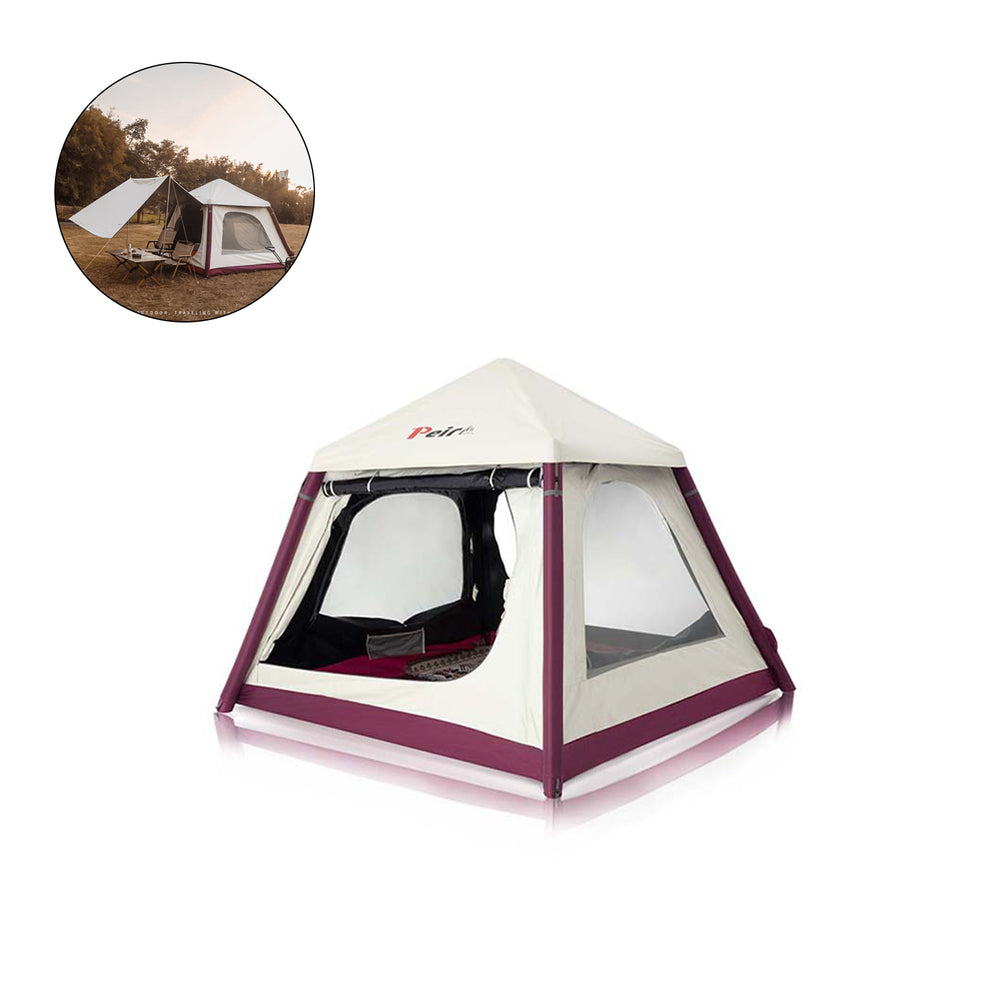
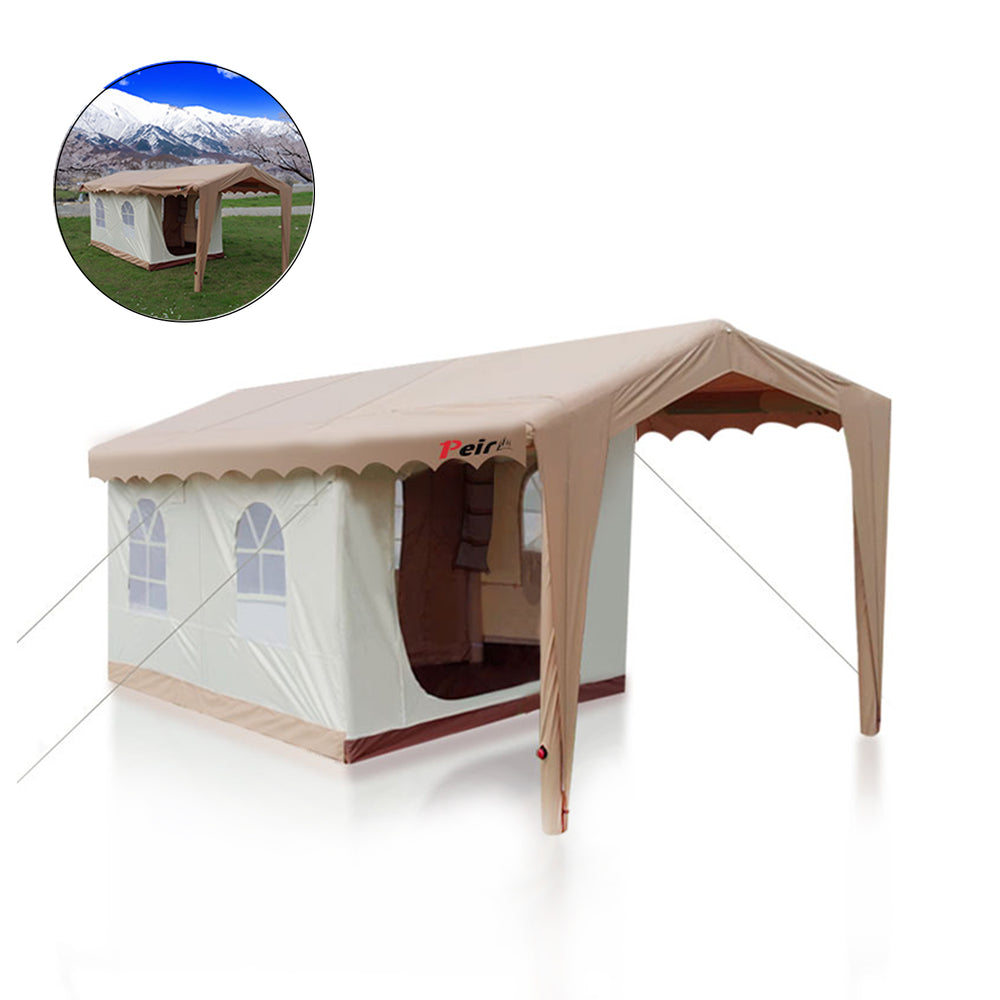

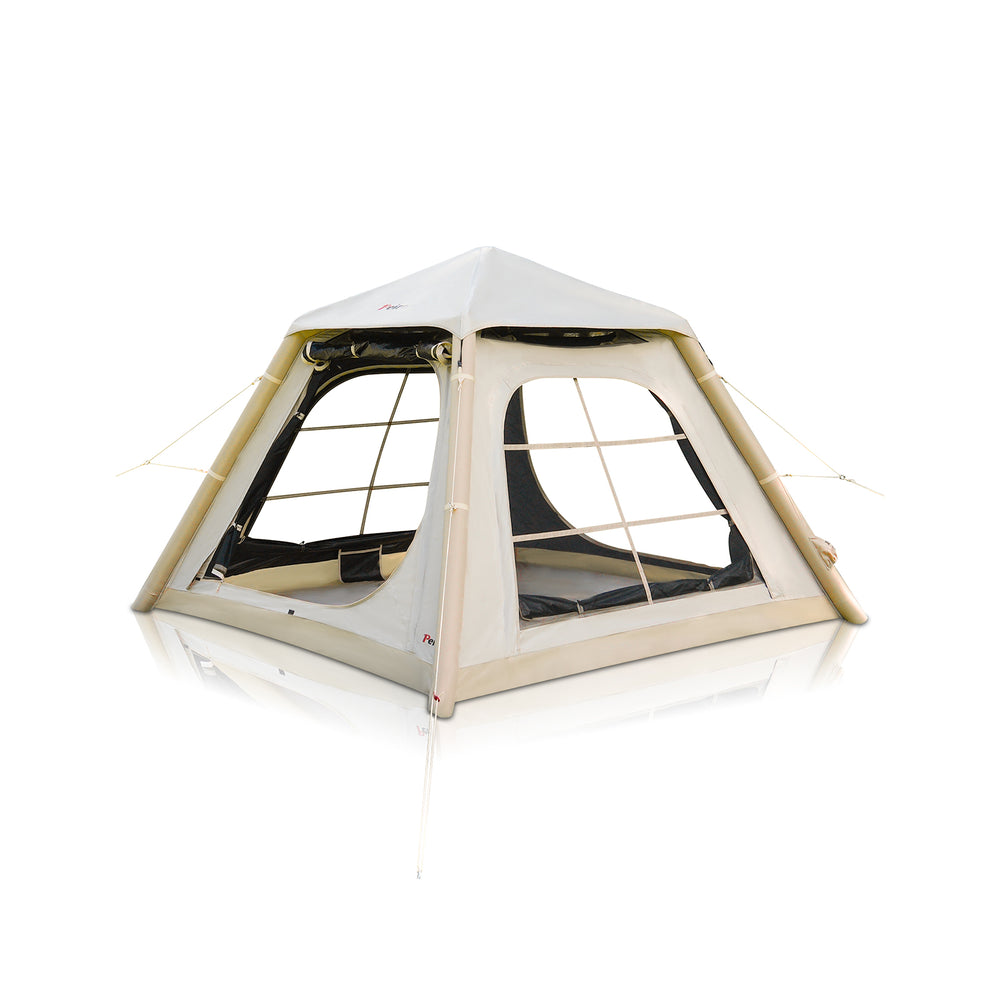
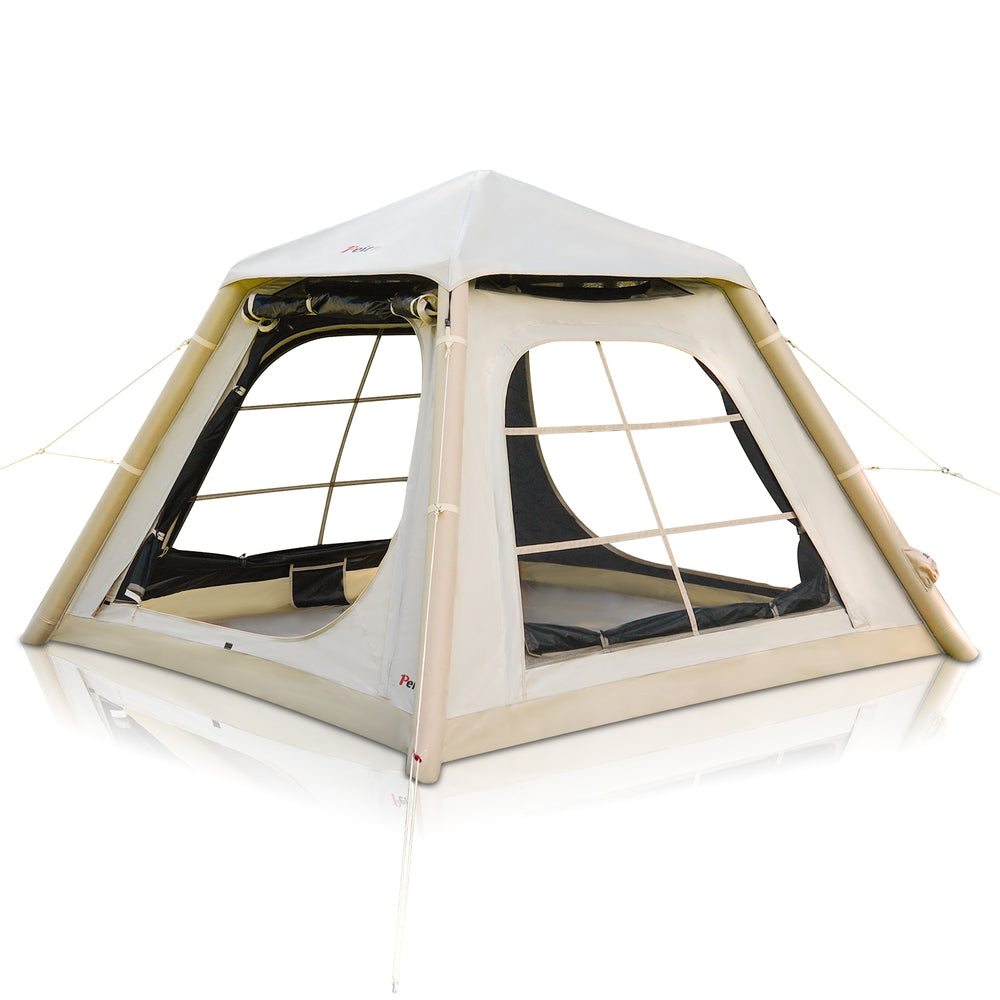
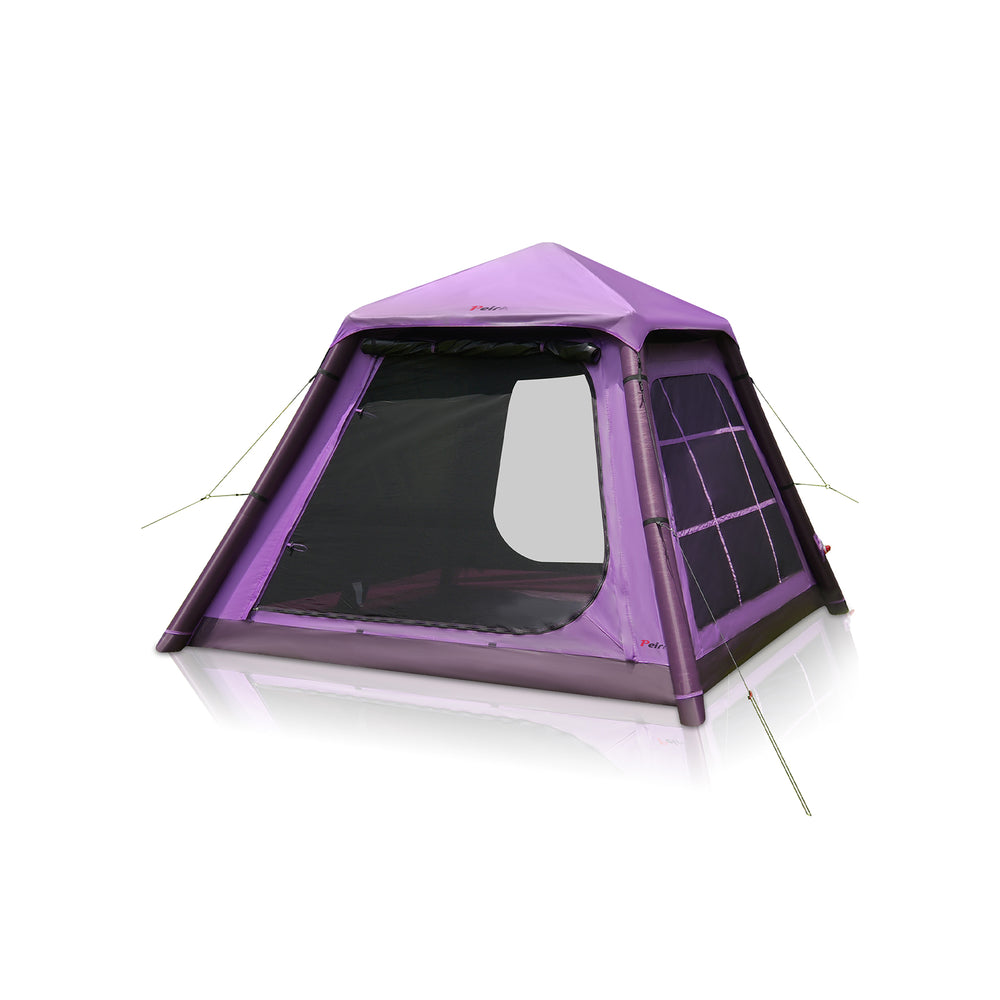

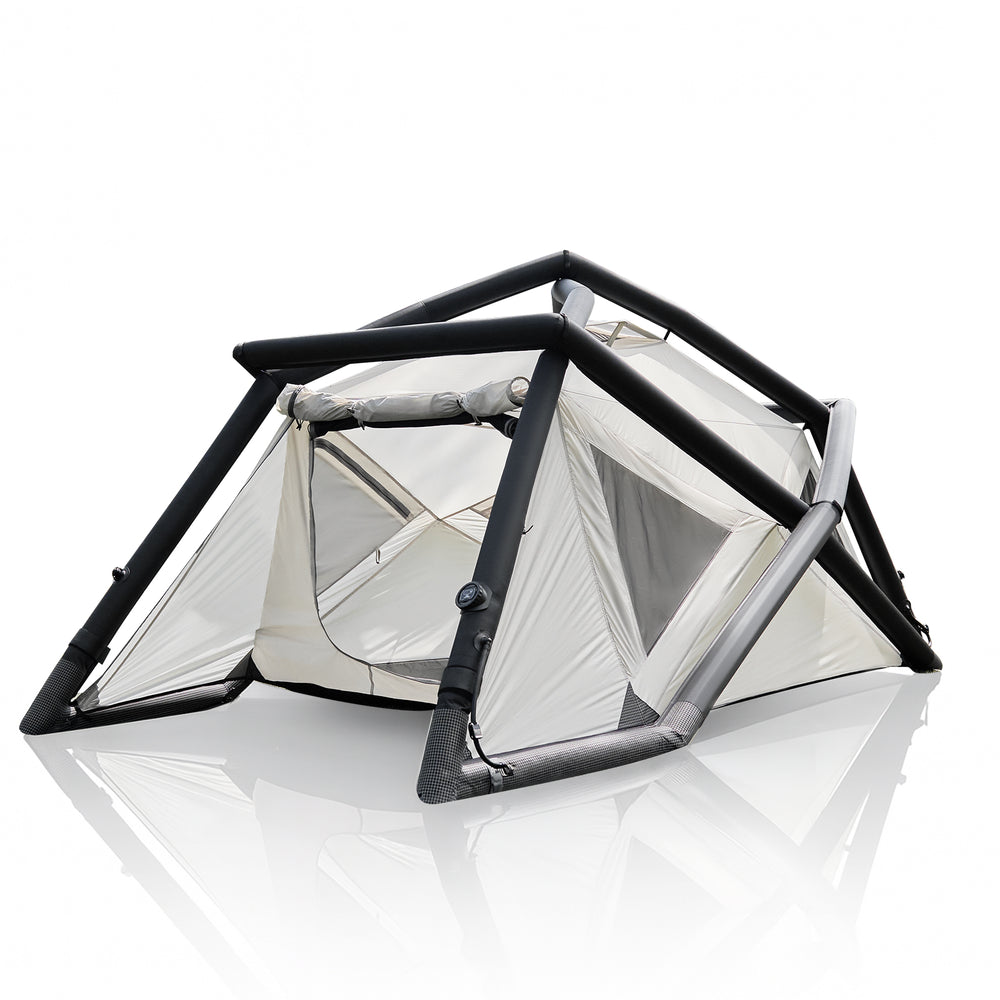
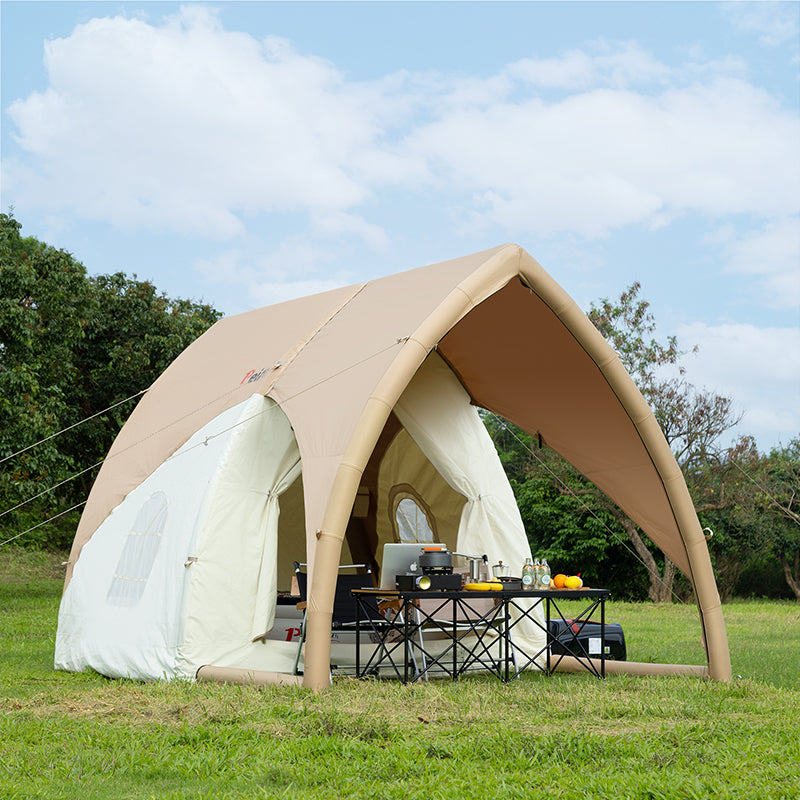 Peirhw Inflatable House Tent - Starry Night Love
Peirhw Inflatable House Tent - Starry Night Love
 Peirhw Glamping Tents - Friendship Castle
Peirhw Glamping Tents - Friendship Castle
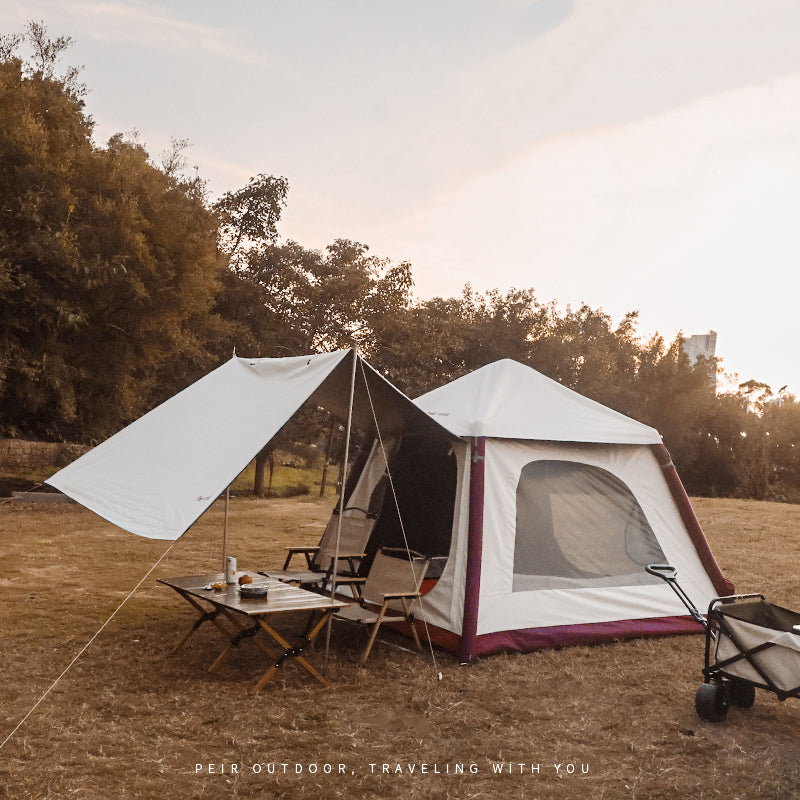 Peirhw Inflatable Canopy Tent - Adventurer
Peirhw Inflatable Canopy Tent - Adventurer
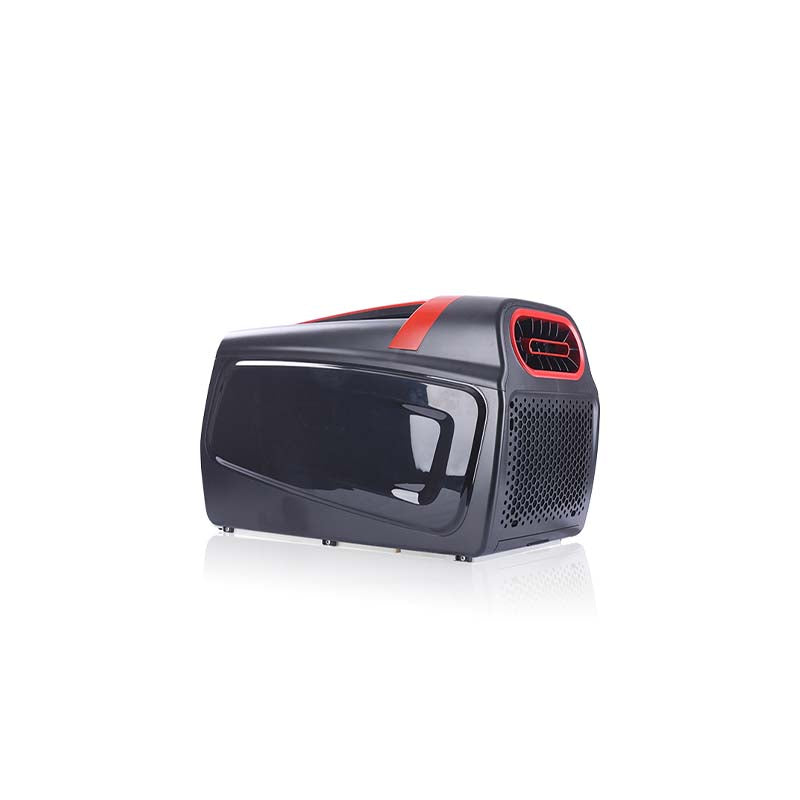
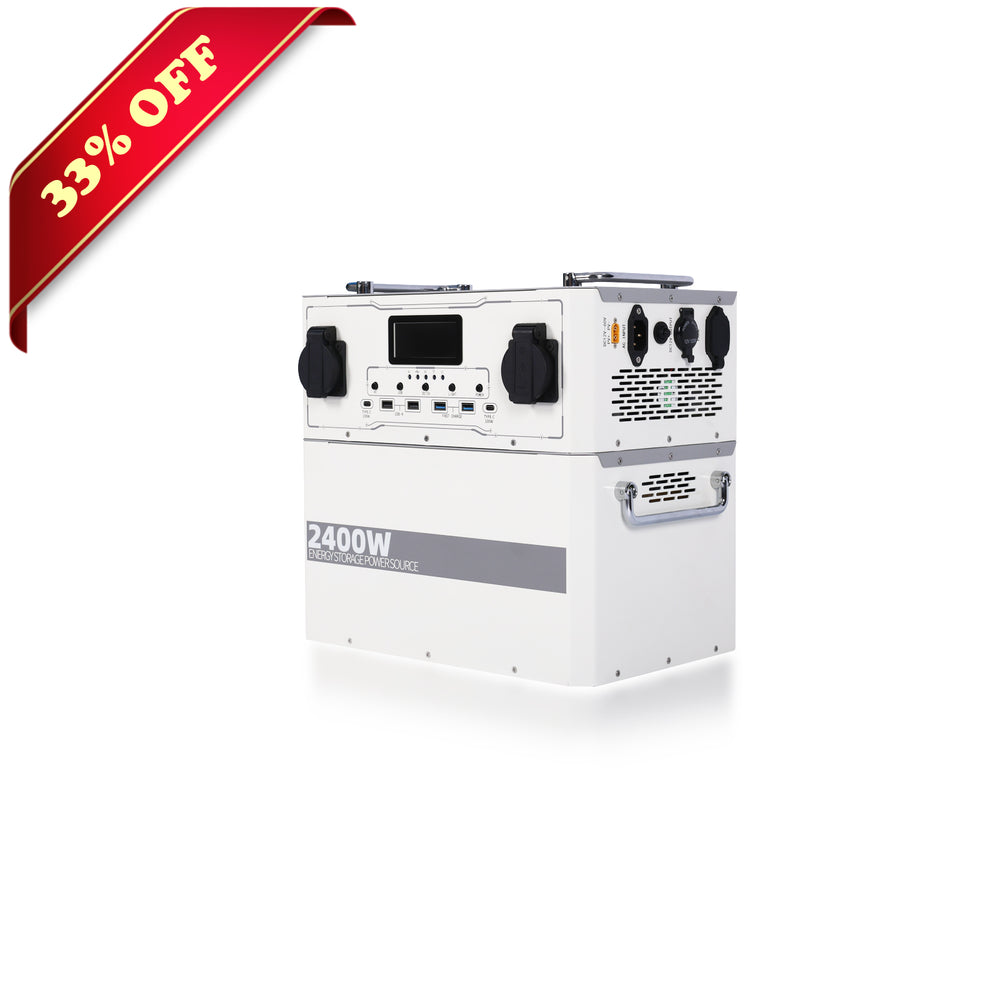
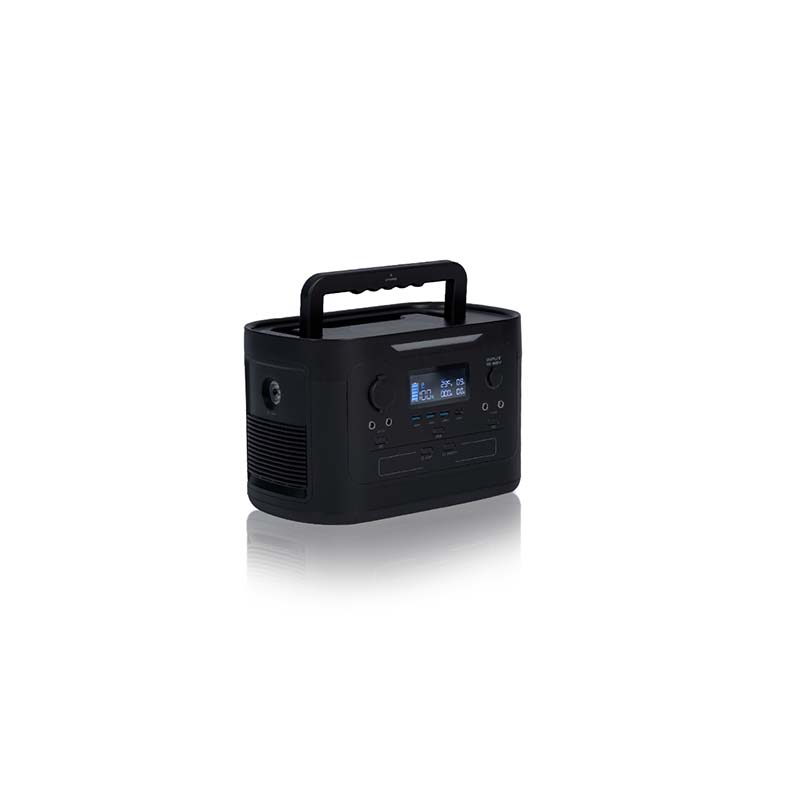
 Peirhw Portable Air Conditioner
Peirhw Portable Air Conditioner
 【Advance Sale】Peirhw Portable Power Station 2400W
【Advance Sale】Peirhw Portable Power Station 2400W
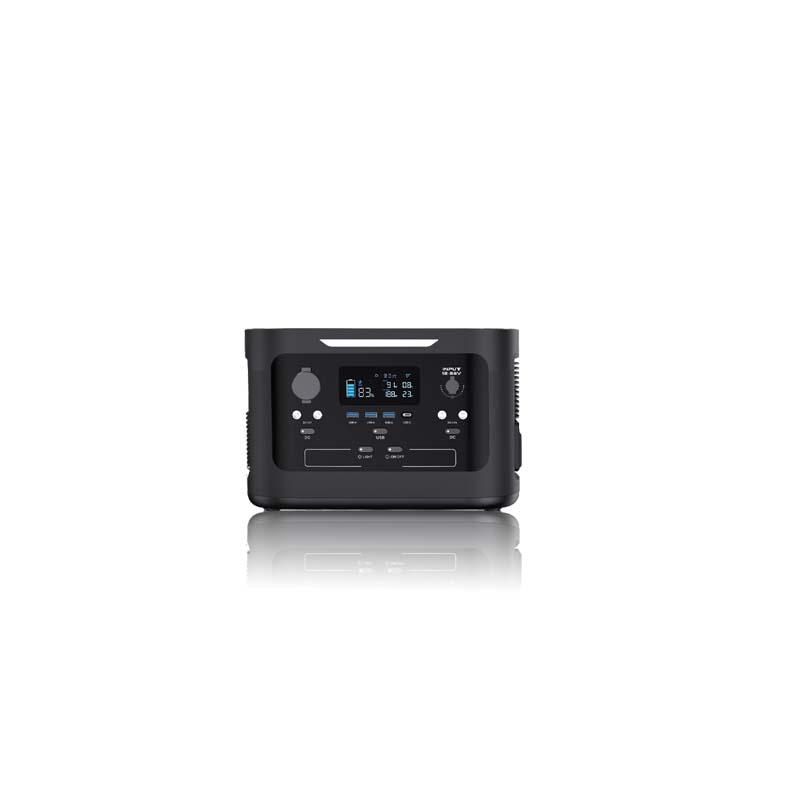 【Advance Sale】Peirhw Portable Power Station 600W
【Advance Sale】Peirhw Portable Power Station 600W
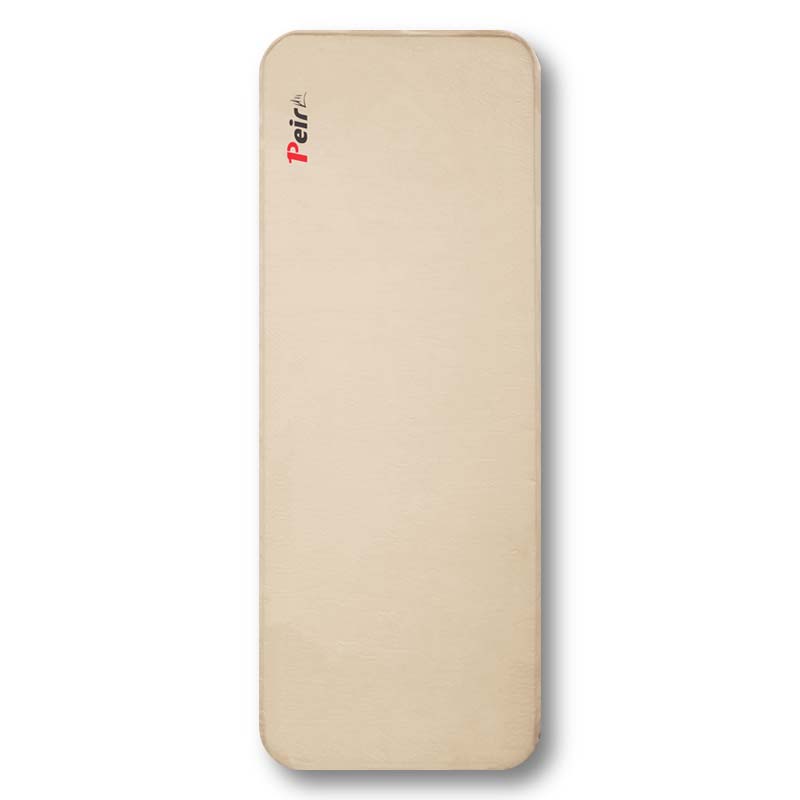



 Peirhw Self Inflating Sleeping Pad
Peirhw Self Inflating Sleeping Pad
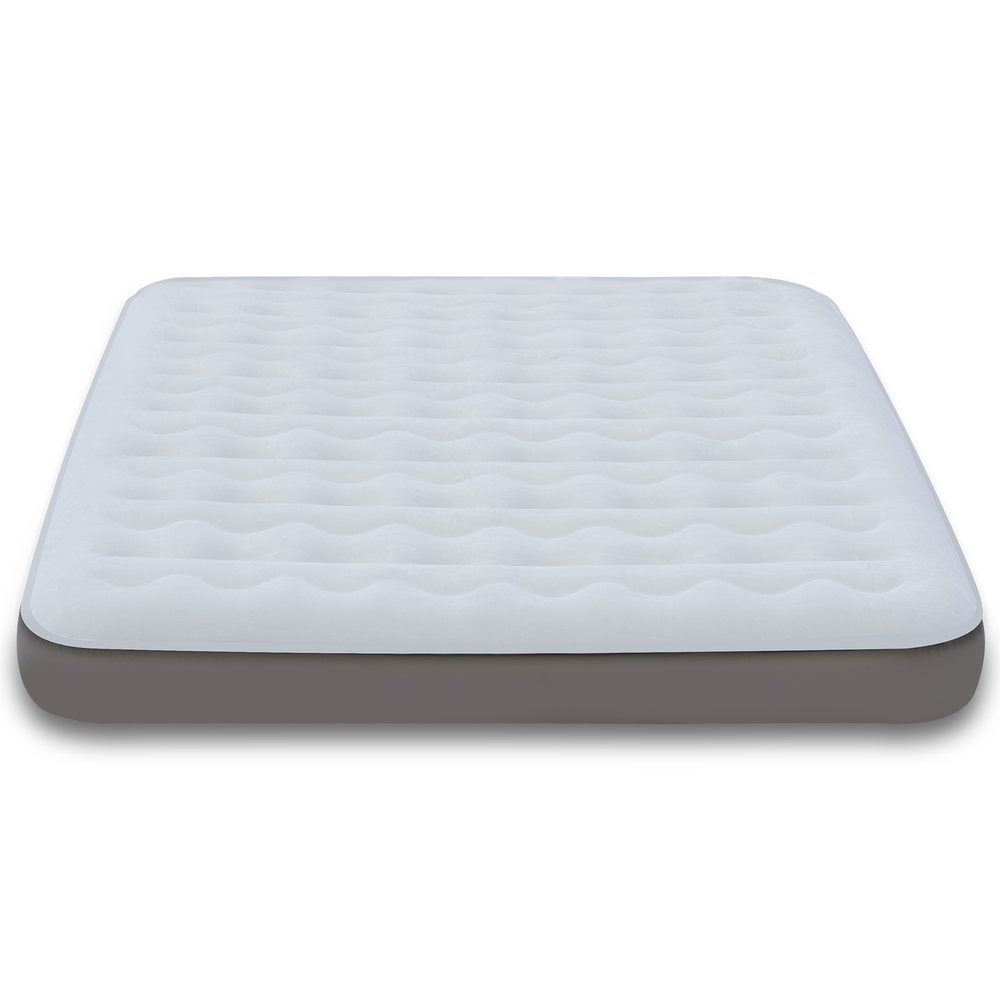 Peirhw Air Mattress (8" Queen Type)
Peirhw Air Mattress (8" Queen Type)
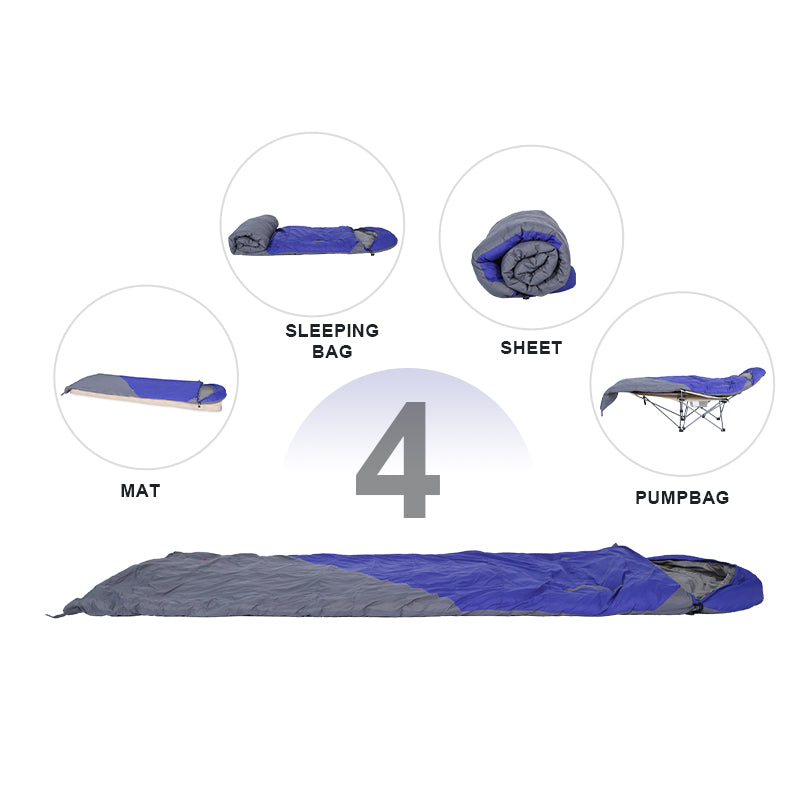 Peirhw Camping Sleeping Bag
Peirhw Camping Sleeping Bag


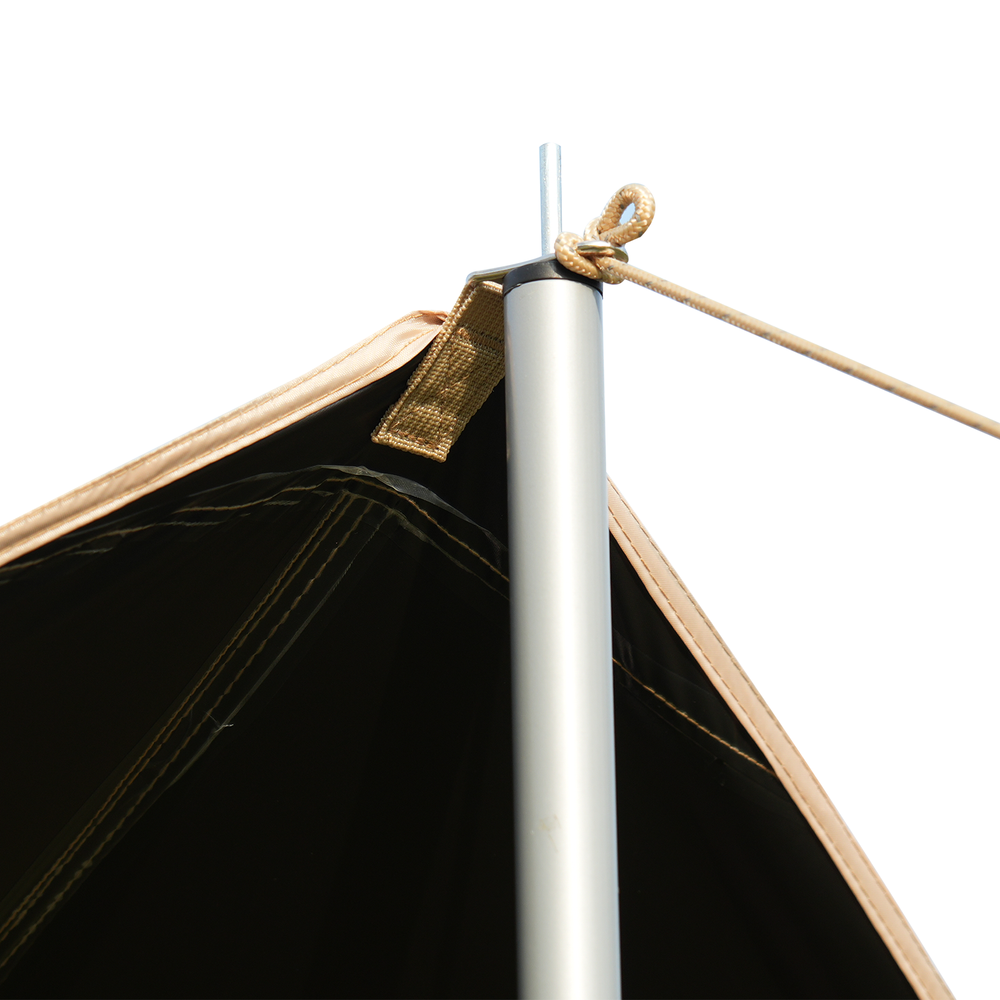 Peirhw Butterfly-shaped Canopy for Camping
Peirhw Butterfly-shaped Canopy for Camping
 Peirhw Camping Waterproof Canopy (Cannot be Purchased Separately)
Peirhw Camping Waterproof Canopy (Cannot be Purchased Separately)
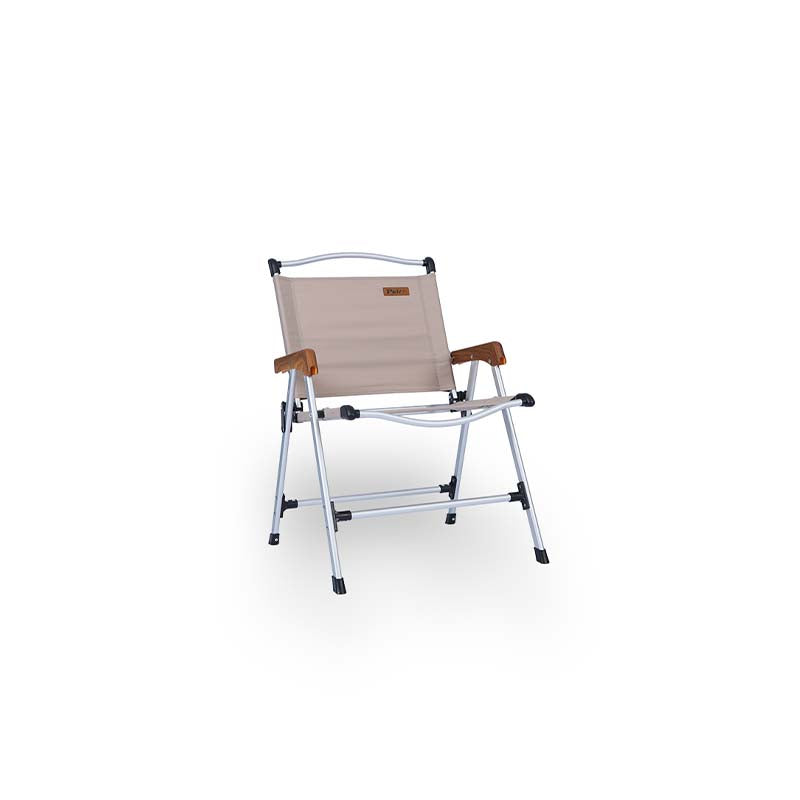
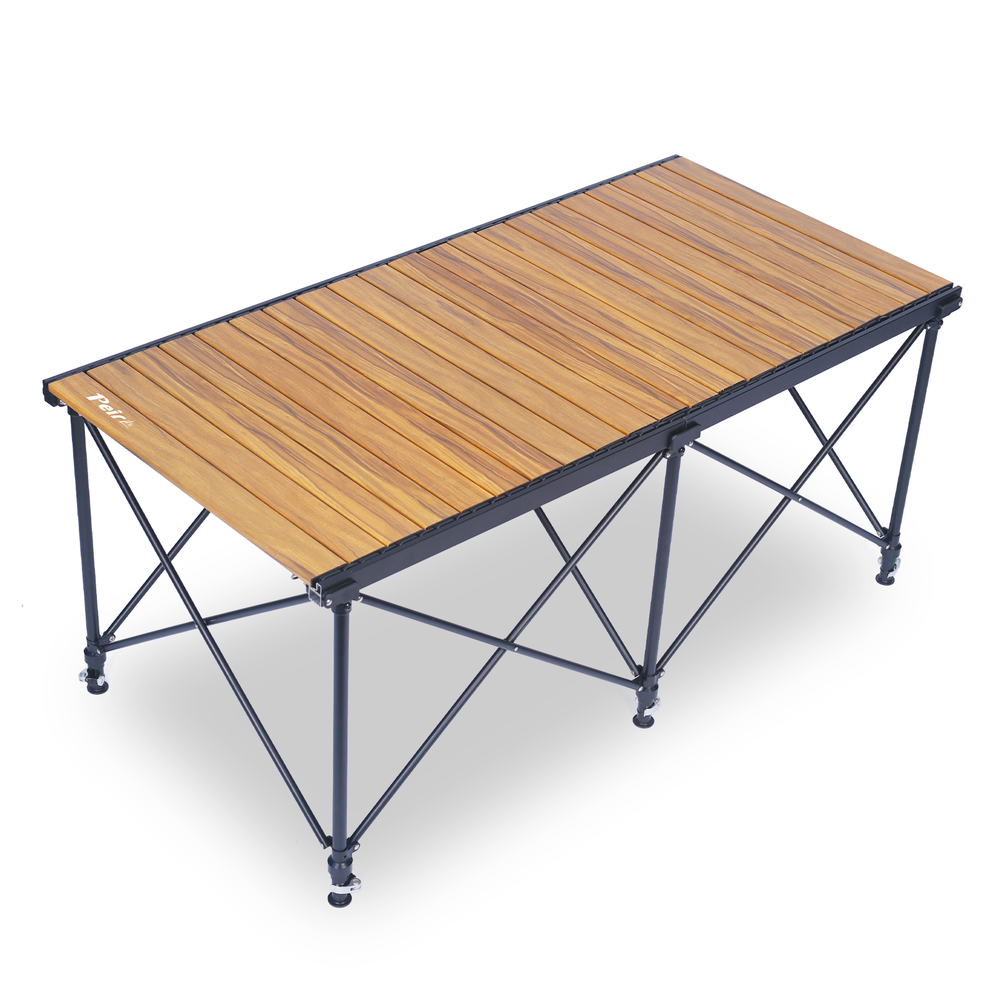
 Peirhw Outdoor Folding Chairs
Peirhw Outdoor Folding Chairs
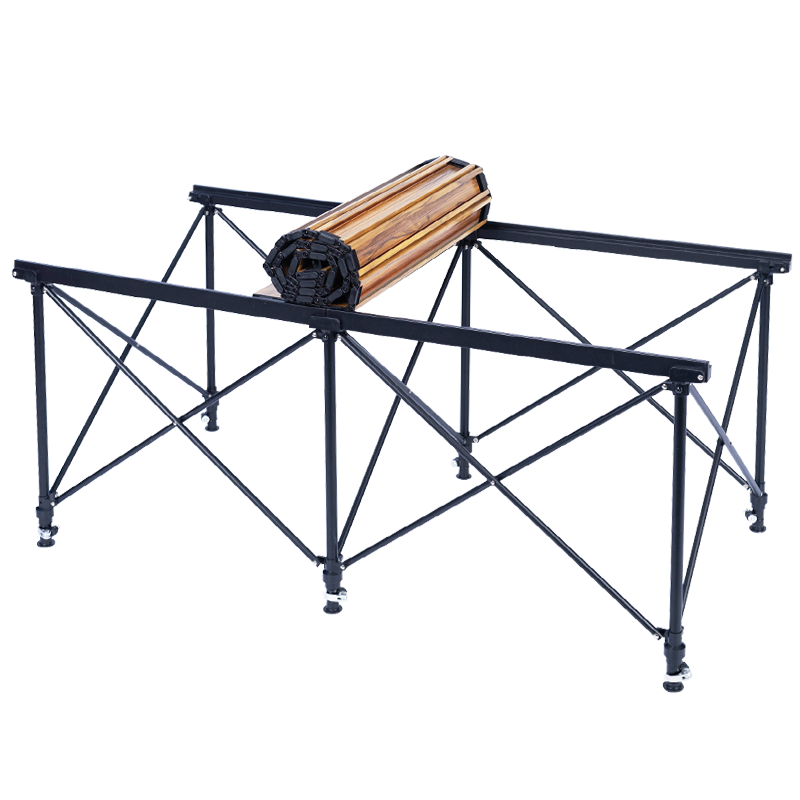 Peirhw Folding Camping Table
Peirhw Folding Camping Table





